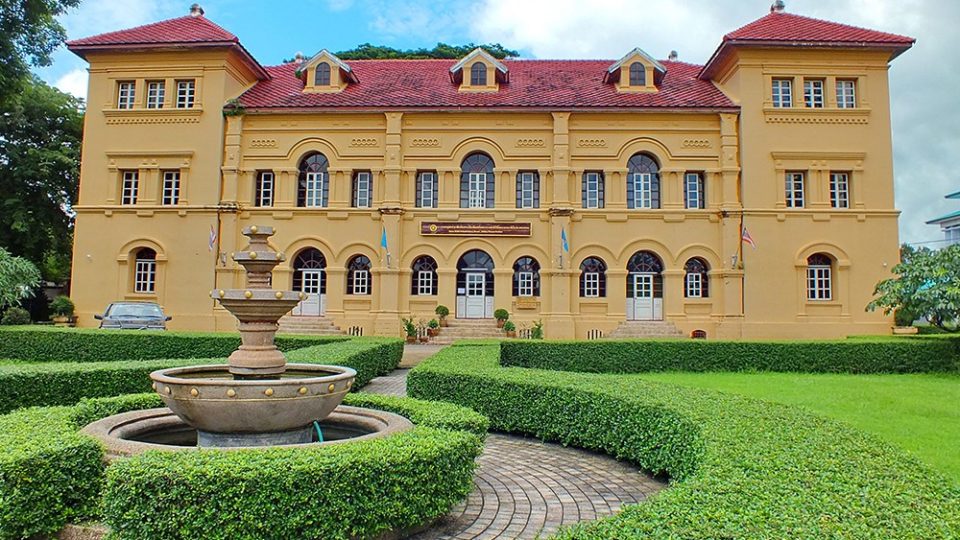It’s a proud fact for many Thais that their country is the only Southeast Asian nation to never have been colonized by Europeans. However, in Isaan’s Mekong River regions such as Nong Khai, Udon Thani, Sakon Nakhon and Nakhon Phanom, there are several notable public buildings and homes that showcase traditional French and Italian architectural styles that might leave tourists scratching their heads and thinking, ‘Why would there be European-style buildings in a region that was never colonized?’
In fact, the beautiful buildings, many preserved in rich shades with arched windows, doorways and other decidedly non-Thai touches, might be due to the influence of Thailand’s formerly French-held neighbors along the Mekong, such as Laos and Vietnam.
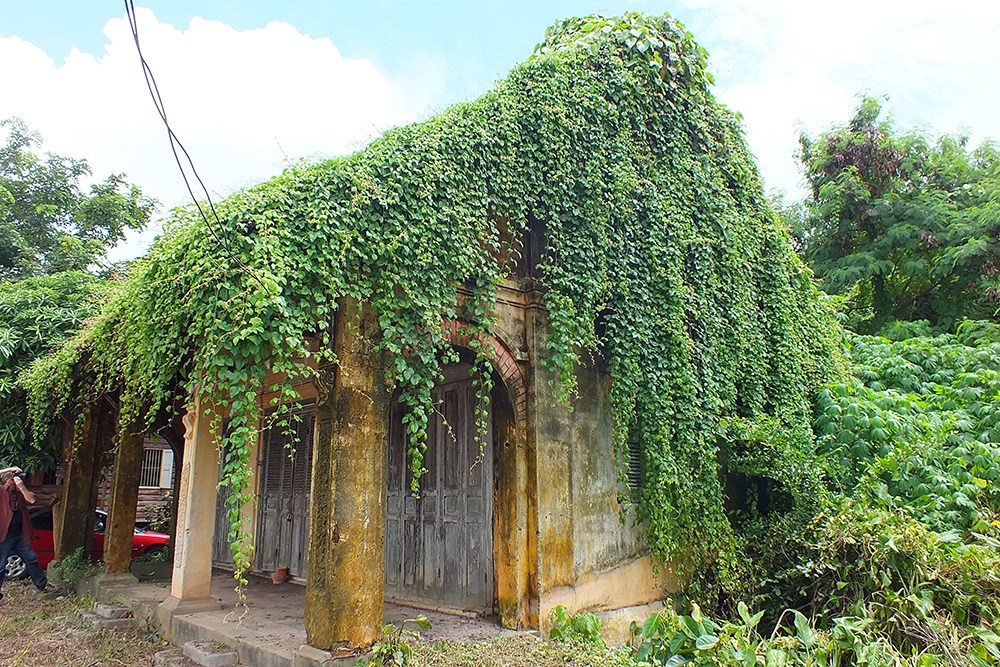
In the early 20th century, many French-held towns along the Mekong were being built up by French architects in European style. Since these buildings were all the rage and considered very beautiful, Thai architects most likely took note of the trend and built their own buildings in a copycat style.
At the same time, some Roman-Catholic Vietnamese were also settling in the Northeastern part of Thailand after fleeing religious persecution. They built churches and homes that referenced the Italian style.
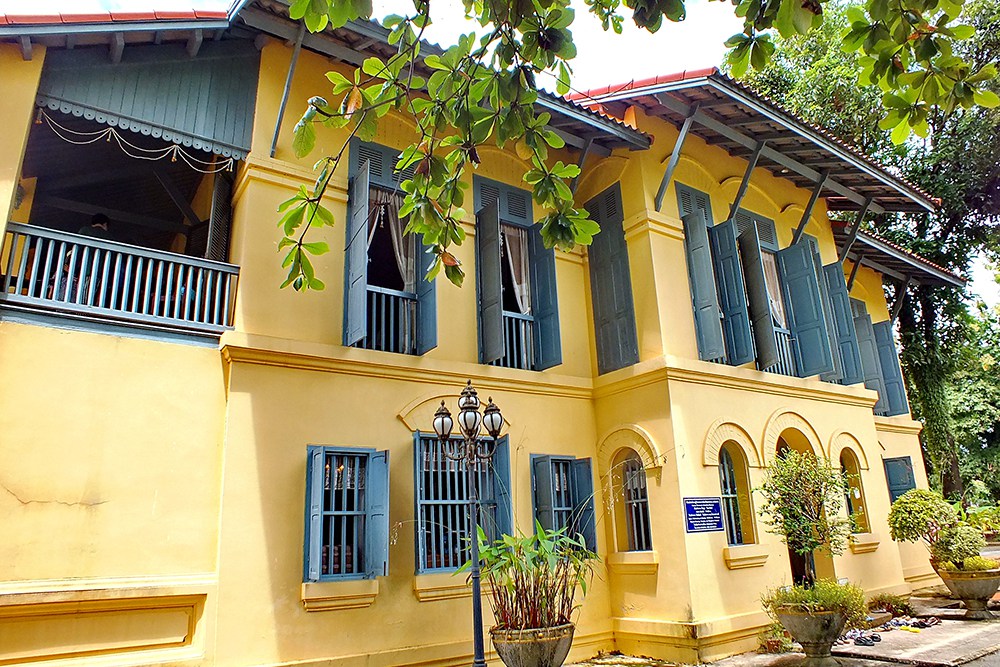
Many of the surviving European-style buildings in Isaan — which included official buildings like provincial halls, schools, and churches — have survived and are open to the public as museums today.
Nong Khai’s former Provincial Hall, which dates back to 1897 and was also a governor’s home, is “a grand style mansion with typical French embellishments including shutters and high windows,” according to the Tourism Authority of Thailand. The building, set in the middle of a pretty park, has been the province’s museum since 2006. If you go, leave some time for a stroll around the neighborhood, some of the old houses nearby also boast unusual European details.
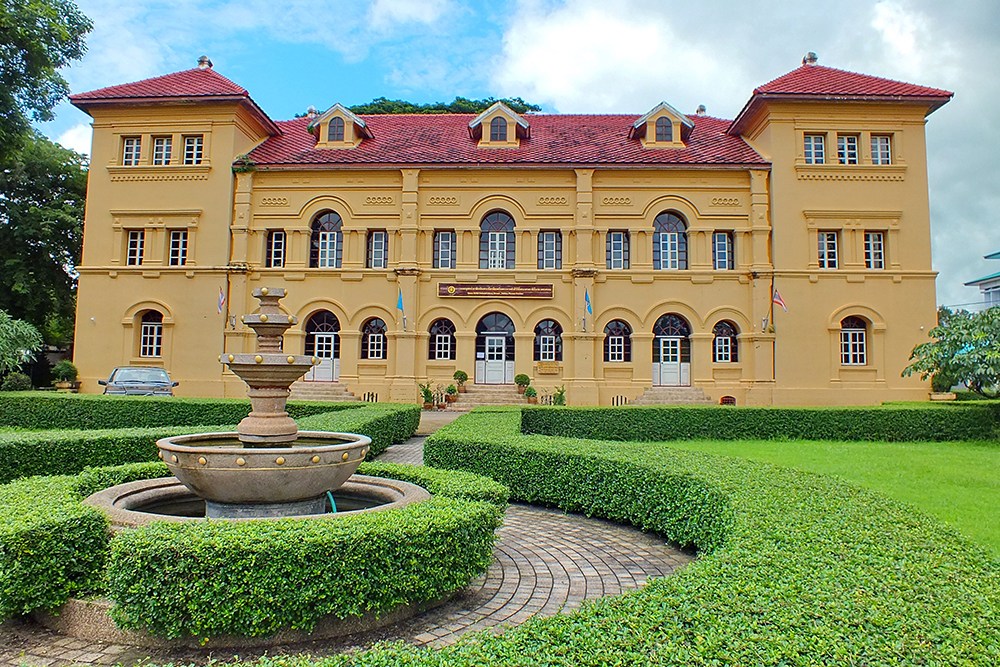
If you’re near Udon Thani Airport, you can find another fine example of Thailand’s European-influenced buildings on Along Pho Si Road. This building, with its unusual arcades and pediment front, is more Italian than French-inspired. This former school is also a museum today, showing exhibits on Udon Thani’s folk, arts, culture and, natural history.
Further along the Mekong River is a Sakon Nakhon village that’s the home to many of these buildings and has been meticulously preserved. The village of Tha Rae sits near the border of Nakhon Phanom province and was founded in 1884 by Vietnamese Roman-Catholic immigrants.
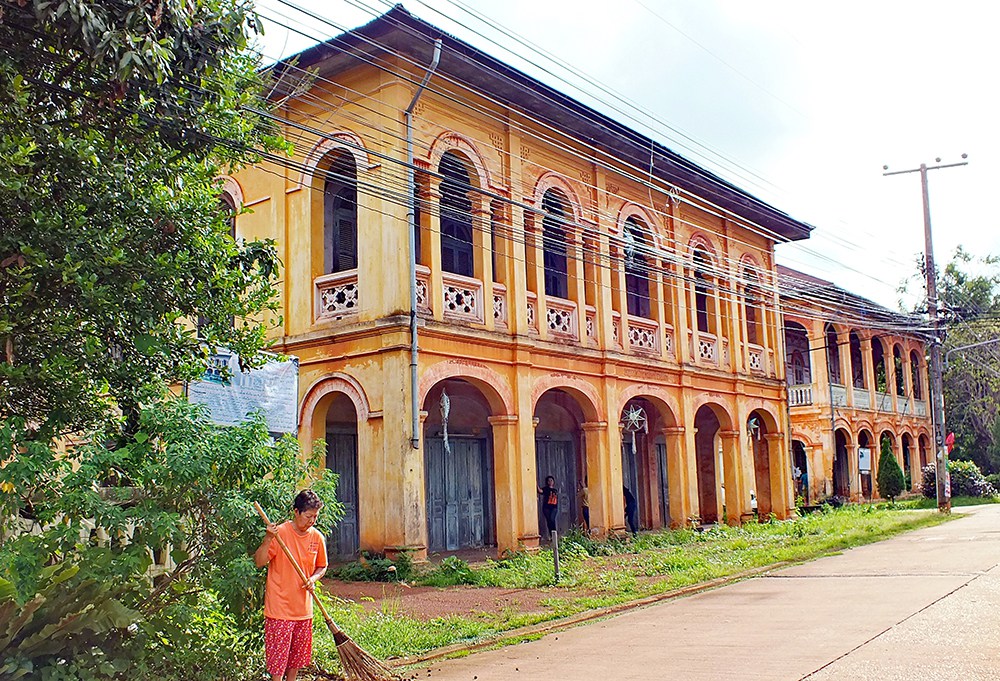
In their adopted home, they created a large church, St. Michael the Archangel Cathedral, and their community grew to over 10,000. Take a walk around the town to see many homes in both French-Indochinese style and Italian-style.
Since they are still a Catholic village, Tha Rae is especially visit-worthy near Christmas, when the whole town is lit up and locals deck out their homes with stars and Christmas trees.
Another center for old European architecture is the city of Nakhon Phanom, in the province of the same name. Since this city is directly on the Mekong, they may have been the most strongly influenced by the other Euro-style towns that sprung up in bordering nations.
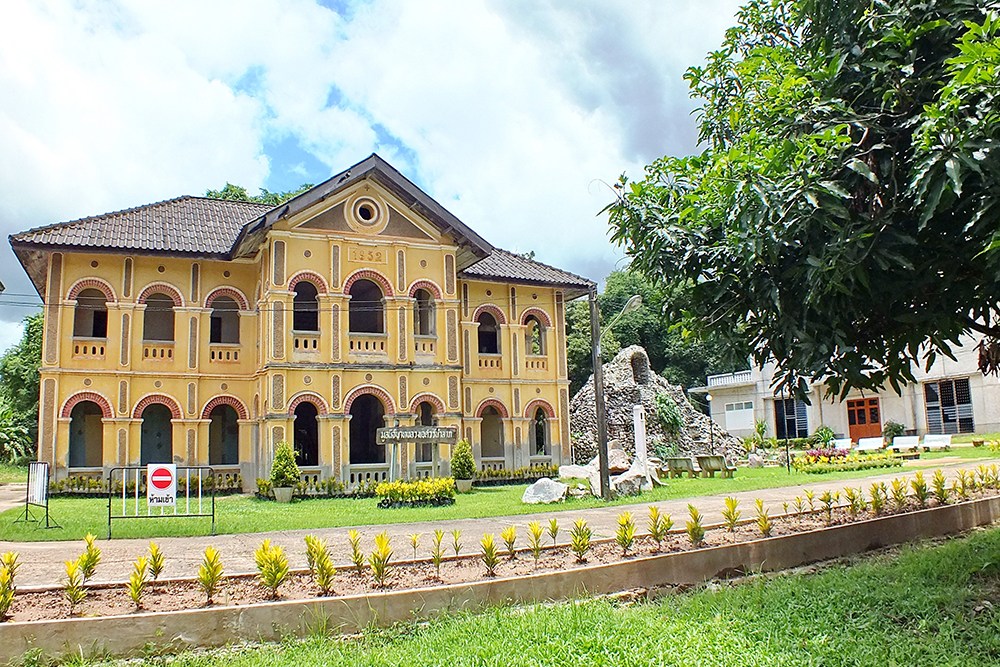
This port city is still a popular place for Vietnamese immigrants to settle. In the city center, the tidy streets are almost like a museum of Indochinese architecture, with homes spidering out from the Vietnam Memorial Clock Tower in the center.
The former Governor’s residence, former city hall, Sunthorn Wichit School and St. Anna’s Church all feature art deco touches and French Indochina touches and welcome visits from curious tourists.
For lovers of old buildings, architecture, or those who want to get off of Thailand’s well-worn tourist trail, a visit to these unusual old buildings would be one trip that all your friends have not already taken.
